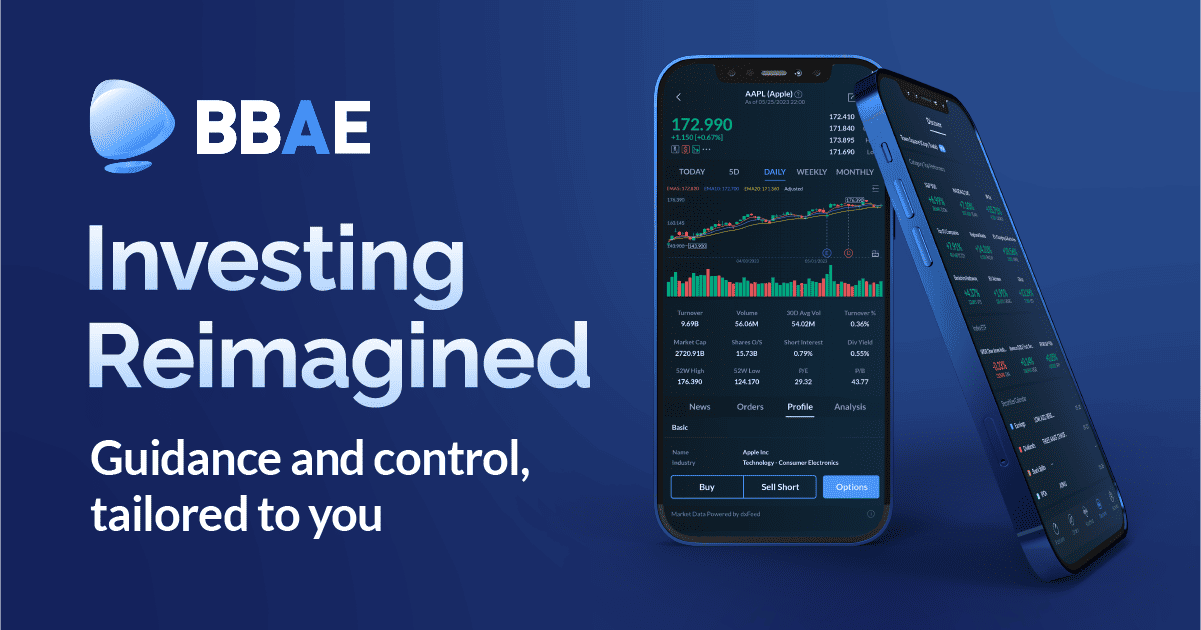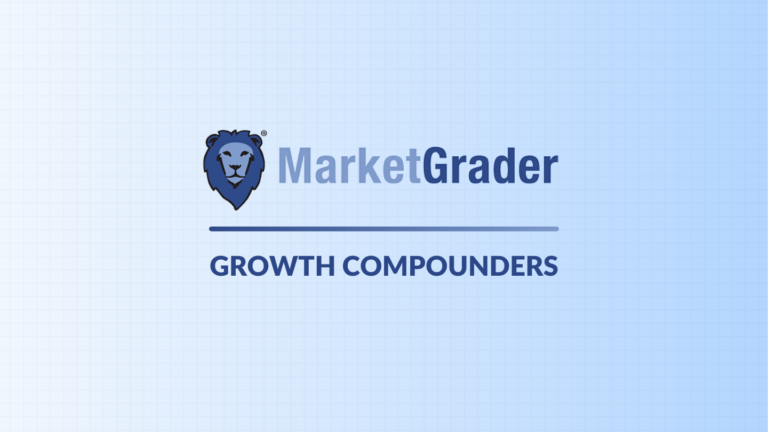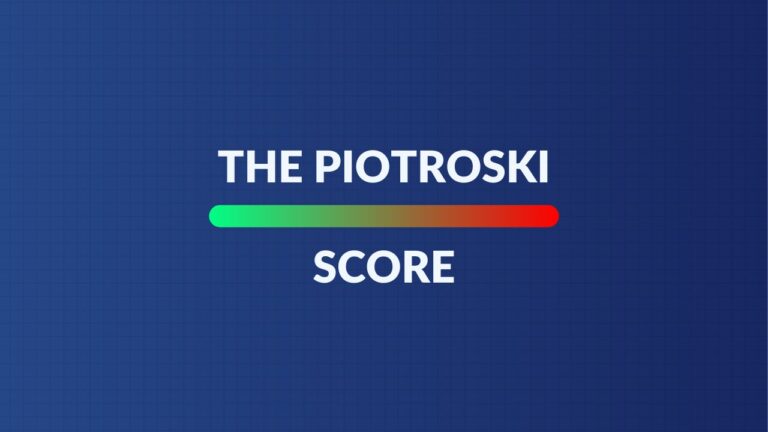PayPal (PYPL) – Earnings Review – February 8, 2024

Demand
PayPal beat revenue estimates by 2.0% and beat guidance by 2.1%. It also beat total payment volume (TPV) estimates by 0.9%. Active accounts missed expectations by about 0.5%.
Transactions per account (TPA) ex-Braintree is another new & needed disclosure. It allows us to assess branded engagement trends. TPA ex-Braintree rose 7% Y/Y via low engagement account churn and strong activity levels from core users.


Source: Brad Freeman – SEC Filings, Company Presentations, and Company Press Releases
Profitability
- Beat $1.36 EPS estimate & beat same guide by $0.12.
- Beat EBIT estimate by 7.6%.
- Beat transaction margin dollar growth guidance of roughly -2% Y/Y with flat Y/Y growth.
- FCF margin below excludes $1.7 billion in proceeds from selling its buy now, pay later receivables to KKR.


Source: Brad Freeman – SEC Filings, Company Presentations, and Company Press Releases
Balance Sheet
- $17.3 billion in cash, equivalents & investments.
- $11.3 billion in debt.
- Basic share count fell by 5.4% Y/Y.
Guidance & Valuation
Q1 revenue guidance missed by 0.4%. It will no longer offer annual revenue guidance.
Its $5.10 2024 EPS guidance missed expectations by $0.41. Importantly, this includes stock-based compensation expenses that had been excluded from non-GAAP EPS in the past. It sees stock comp as a structural cost of operating this model and wants to treat it as such. Refreshing. The total impact in 2024 from the change (between comp and related taxes) is $1.4 billion. If we were to add that to its implied 2024 EPS guide, it would have guided to about $6.25 and would have beat expectations handsomely.
It has driven significant cost savings beyond this impact, which could have propped up the $5.10 estimates even with the stock comp included. Instead of letting the savings hit the bottom line, it’s “reinvesting in the business as it’s vital to stay on innovation offense.” Finally, the initiatives in place to accelerate branded checkout and Braintree profitability were left out of the 2024 guide. It wants to see clear results before adding the work in.
Other 2024 guidance items include $5 billion in FCF, which is well below $6.4 billion estimates. Again, this is related to aggressively investing all planned savings back into the business. That was not the intent of the old team, which these estimates were modeled after. It expects non-transaction OpEx to rise by around 5% Y/Y and expects to repurchase $5 billion in stock for 2024 too. Finally, it plans to continue tightening its credit standards for business originations and expects loss rates to normalize higher. That will also weigh on profits and credit revenue too.
“Alex discussed our innovation and product enhancements earlier. Many of these are already in pilot or launch but will require execution throughout the year before we begin to see impact. “ – CFO Jamie Miller
“We want to see execution and clear results before baking new initiatives into our financial outlook… We just think it’s prudent for us to put points on the board before we put it into the guidance… we will update you as we start to see points on the board and adjust our guidance as needed.” – CEO Alex Chriss
PayPal trades for 11x 2024 earnings and 13x 2024 FCF. No profit growth is expected in 2024.
Call & Release Highlights
The call repeated a lot of what new CEO Alex Chriss shared at PayPal’s “First Look” event last month. His priorities are to accelerate branded, improve Braintree margins and profitability overall, unlock PayPal’s data edge, enhance customer value and be more efficient. This will require “starting with the customer” to make PayPal a more valuable option via things like its rewards program. Chriss has committed to setting concrete goals and “consistently communicating” how they’re shaping up.
“We will rebuild a track record of delivering on our commitments.” – CEO Alex Chriss
Results by Segment:
Branded PayPal checkout rose by 5% Y/Y FXN. Importantly, branded checkout growth remained stable at this 5% clip through the end of January. There has been no incremental slowing. This represents 30% of its total volume today, with Braintree at 30%, Venmo at 18%, PayPal peer-to-peer at 10% and other services including Hyperwallet at 10% too. It will update us on these proportions quarterly.
Volume growth was 11% Y/Y in the USA and 17% Y/Y for the rest of the world. Europe was surprisingly cited as the geographic standout with an Asia recovery helping results too.
Transaction take rate fell from 1.88% to 1.78% Y/Y this quarter. 7 bps of that was from less currency hedging revenue and fewer FX fees. Mix shift to larger merchants accounted for 3 bps of contraction.
Active Accounts:
As discussed throughout 2023, PayPal has been cutting cash-burning account retention programs in Latin America and Asia Pacific. This is the only reason why account growth is negative. Monthly active user growth, a sorely needed new disclosure, was +1% Y/Y.
Transaction Margin Dollars:
Flat Y/Y transaction margin dollars is the good news here. That wasn’t supposed to come until Q1 2024. This flat growth was hit by $158 million less in hedging benefits but helped by higher rates (more customer balance interest earned) and branded checkout growth.
Please note that interest earned on customer balances also props up other value-added service growth, which was 26% Y/Y for the full year. That will slow in 2024.
The bad news? It expects 2024 transaction margin dollar growth to be 0% Y/Y. It has several initiatives in place, like Fastlane, the Advanced Offers Marketing Platform and its new rewards programs, to juice growth here. It just refuses to assume the positive impact will come until it actually sees that impact play out. This really seemed like a kitchen sink quarter in which it guided to the worst case for 2024. If this isn’t the kitchen sink, that would be a big problem.
PayPal can get away with cutting non-transaction costs to juice profitability for a while. Sustainable profit compounding requires renewed transaction margin dollar growth.
Transaction margin dollar headwinds for 2024:
- Less hedging and customer balance revenue.
- Less credit revenue.
- Migrating merchants to newer products.
- Investing heavily in transaction-based products.
Transaction margin dollar tailwind for 2024:
- Any branded growth.
- Venmo monetization.
- Braintree contract pricing scrutiny.
Small & Medium Businesses:
PayPal Commerce Platform (PPCP) is essentially Braintree for smaller merchants. Since Chriss took over, he has wrapped up work to conjoin the disparate product offerings into a single suite. He wants PayPal to enhance go-to-market through renewed partner channel efforts and developer appeal. The new PPCP “enables PayPal to distribute its best branded checkout” with a finally strong product to pursue the large opportunity. To old CEO Dan Schulman’s credit, he jump-started work here; still, Chriss has had to reshape and fine-tune a lot of this work. Things seem to be picking up here. “November and December were record-setting months for PPCP adoption” with churn falling and volume picking up for merchants migrating to the new software.
Checkout:
Chriss candidly and rightfully told us that PayPal has been too slow with moving merchants to its latest checkout flows. Fastlane is its single-sign-on tool to allow merchants to identify any customer that has shopped with PayPal. This makes guest checkout far more seamless for Fastlane’s 70% rate of recognized customers. Especially for smaller merchants without large customer bases or sophisticated identifiers, this is immensely useful. It allows them to offer guests seamless checkout for PayPal’s 200+ million monthly active users; that cuts time to checkout by up to 40%.
The new checkout flow announced last month, with passwordless capabilities, is cutting latency by 50% as well. PayPal will continue to constantly fine-tune these flows going forward, rather than updating them a few years at a time. The world moves too quickly for that approach to work.
“To be honest, we’ve under-invested in branded checkout. And if I take just specifically the mobile experience for our consumers, it has been underwhelming. And it’s something that with the new innovations we just rolled out, I expect for us to be able to continue to see improvement there.” — CEO Alex Chriss
Braintree:
Braintree continues to rapidly grow and take more share. An edge like a 240 bps authorization rate edge for large U.S. customers is a large reason why. Competing on price has been another reason why, but PayPal wants to “put more discipline into Braintree go-to-market and renewals” which, to me, means it will let some of the cash burning contracts expire. This will likely slow growth but improve transaction margins. It’s working on orchestration, payouts and risk as a services add-ons to juice margins further, but thinks Braintree has now earned the right to “price to value” via tangible authorization leads.
Importantly, Braintree traction makes it easier for PayPal to onboard merchants onto its latest branded PayPal and Venmo checkouts. PayPal also routinely receives better branded checkout placement as part of these merchant deals, which helps branded growth.
Consumers:
The consumer app overhaul will be a key 2024 focus area. Chriss wants to more intuitively organize the vast consumer product suite to make PayPal’s value creation more obvious. It wants to drive more savings for its 27 million rewards members and attract new customers to it too. Rewards members drive 2x the revenue per account vs. non-members. The PayPal 3% cash back mastercard is another example of a great product that needs more love and attention. Users of it contribute 5x the revenue per account vs. non-members and only 2% of PayPal’s customers have one today. On the Venmo side, it wants to drive debit card acceptance beyond the 6% of actives (including me) currently using the card. This delivers a 6x revenue per account benefit.
It will focus a bit more on externally marketing all of the value augmentors in its consumer-facing product set to drive awareness and quality customer growth. It has many, many reasons for customers to choose PayPal; previous leadership did a horrid job of educating the public on these reasons.
Trim the fat:
PayPal is overhauling its tech stack to conjoin the data and product silos stitched together over the decades. It’s in the process of aggregating customer and merchant data profiles to create a cleaner view of preferences to frame its product roadmap and other items like promotion surfacing.
Take
This was an extremely mixed quarter as expected. Consistent readers know that I was expecting very little from this quarter. Chriss is just 4 months into his tenure and PayPal is a much harder turnaround than something like Meta. Q4 was never going to be amazing and no rational person thought it would be.
The actual results were fine while the transaction margin performance was a lot better than I expected. Still, none of its cost-cutting or product work allowed it to avoid weak forward guidance. At the same time, it seemed like this guidance baked in a worst-case scenario to gear the new CEO up for an easy year of overdelivering. This was likely the kitchen sink quarter, and very much so needs to be.
That’s my opinion, but I’m not confident enough in it to resume adding to this name following the report. The transaction margin bottom came, but the flat Y/Y guidance for 2024 points to that bottom being very temporary. It needs to be a convincingly durable inflection for me to get aggressive here. I love its move to include stock comp in EPS figures going forward. Still, I would have loved it if the firm let a bit of the 2023 cost savings lead to net income growth considering concerns over multi-year profits. Chriss talks about trust and transparency as key themes of his public dialogue. 2024 will be the year for him to build that transparency-based trust, or not. I think he can pull it off, but I need more evidence.











